Operation Process of a Heat Exchanger
Operation Process of a Heat Exchanger
A heat exchanger is an essential component in many industrial systems, facilitating the transfer of heat between two or more fluids without them coming into direct contact. Below is a detailed explanation of the operation process of a heat exchanger, including its main components and operational steps.
1. Basic Structure of a Heat Exchanger
Main Components:
- Tubes: The hot or cold fluid flows through these tubes.
- Shell: Encases the tubes and the other fluid flows around the tubes within the shell.
- Baffles: Direct the flow of the fluid inside the shell, increasing heat exchange efficiency.
- Inlet and Outlet: Points where the fluids enter and exit the heat exchanger.
2. Operating Principle of a Heat Exchanger
Operation Process:
-
Preparing the Fluids:
- Hot Fluid: Is pumped into the heat exchanger through the inlet. This fluid has a higher temperature and needs to be cooled.
- Cold Fluid: Is pumped into the heat exchanger through another inlet. This fluid has a lower temperature and will absorb heat from the hot fluid.
-
Fluid Circulation:
- Hot Fluid: Flows through the tubes inside the heat exchanger.
- Cold Fluid: Flows around the tubes within the shell.
-
Heat Exchange:
- Heat Transfer Through Tube Walls: Heat from the hot fluid transfers through the tube walls to the cold fluid. Since the fluids do not directly contact each other, heat is transferred through the walls by conduction.
- Baffles: Inside the shell direct the flow of the cold fluid, ensuring it flows over the entire heat exchange surface, increasing heat transfer efficiency.
-
Fluid Exit:
- Cooled Hot Fluid: Exits the heat exchanger through its outlet.
- Heated Cold Fluid: Exits the heat exchanger through its outlet.
-
Temperature Control:
- Automated control systems can be used to adjust the flow rates and temperatures of both fluids, ensuring optimal performance of the heat exchanger.
3. Types of Heat Exchangers
Shell and Tube Heat Exchanger:
- Structure: Consists of a bundle of tubes (tube bundle) inside a shell.
- Applications: Common in the oil, gas, chemical, and energy industries.
Plate Heat Exchanger:
- Structure: Consists of many thin metal plates stacked together with spaces for fluids to flow through.
- Applications: Often used in the food and beverage industry, HVAC systems.
Air Heat Exchanger:
- Structure: Uses fans to circulate air over a set of tubes or plates.
- Applications: Heating, ventilation, and air conditioning (HVAC) systems.
4. Advantages and Disadvantages of Heat Exchangers
Advantages:
- High Efficiency: Optimizes the heat exchange process between fluids.
- Energy Saving: Minimizes the amount of energy required for heating or cooling.
- Flexible Design: Available in various shapes and sizes to suit many applications.
Disadvantages:
- High Initial Cost: Heat exchangers can have a high upfront investment cost.
- Complex Maintenance: Requires regular inspection and maintenance to ensure efficiency.
- Risk of Blockage: Fluids containing particulates or impurities can cause blockages, reducing heat exchange efficiency.
5. Applications of Heat Exchangers
Oil and Gas Industry:
- Used to cool oils and chemicals during processing.
Food and Beverage Industry:
- Used to heat and cool food and beverage products.
Energy Industry:
- Used in power plants to recover heat from power generation processes.
HVAC Systems:
- Used in heating, ventilation, and air conditioning systems to regulate air temperature in buildings and industrial facilities.
Conclusion
Heat exchangers play a crucial role in many industries by optimizing the heat transfer process and saving energy. Understanding the operation process and applications of this equipment helps businesses enhance efficiency and ensure continuous operation of production systems.
Related News
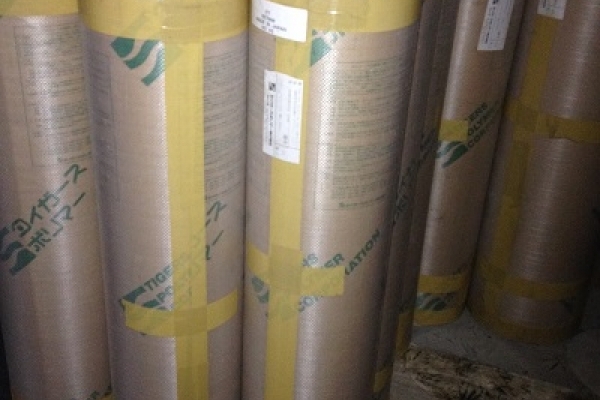
What Is NBR Rubber?
03/11/2025
What Is NBR Rubber? NBR (Nitrile Butadiene Rubber) is a synthetic rubber created through the copolymerization of acrylonitrile and butadiene. It is renowned for its excellent resistance to oil, solvents, and various chemicals, making it widely used in industrial applications.
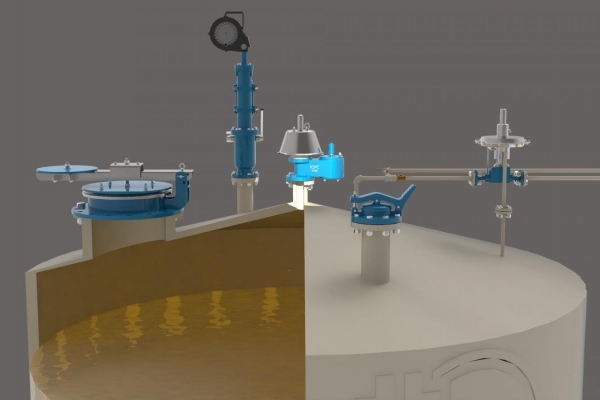
What Is a Breather Valve?
03/11/2025
A breather valve, also known as a pressure-vacuum relief valve (PVRV), is a safety device that protects storage tanks from explosion or collapse caused by pressure differences. It is typically installed on top of storage tanks for fuels, chemicals, LPG, or gases.
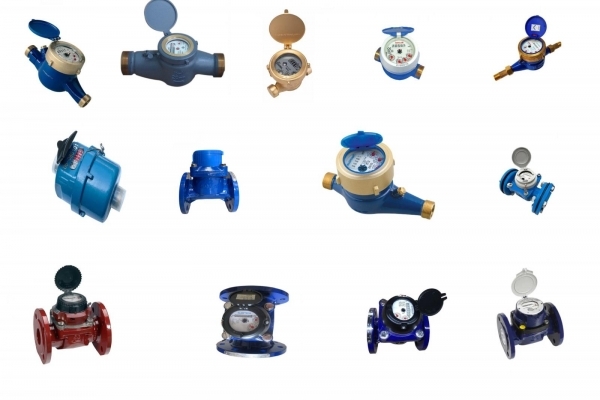
Top 10 best water flow meter brands today
03/11/2025
Sensus water flow meter: Origin: Germany. Advantages: The product has high precision, durable design and stable operation in many different environmental conditions. Sensus clocks are certified by European CO, CQ, suitable for large-scale projects.
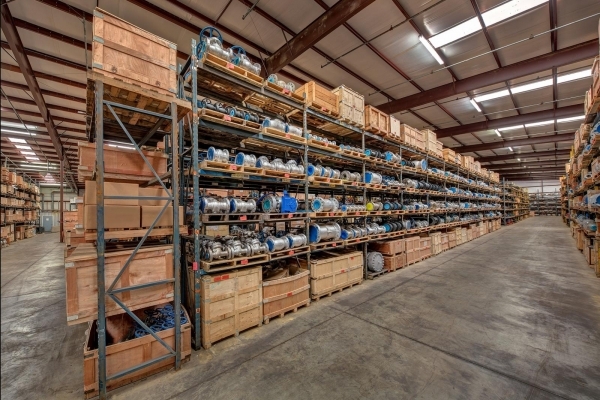
Trusted Industrial Valve Distributor – Industry Leader
03/11/2025
With the continuous growth of Vietnam's economy, the demand for industrial valves and related technical solutions has significantly increased. In this article, we would like to introduce a reputable and leading industrial valve distributor in this field — Phuc Minh Engineering Co., Ltd.

HIGH-TEMPERATURE GASKETS – UP TO 1000°C WITH THERMa-PUR™ 4122 MATERIAL
03/11/2025
HIGH-TEMPERATURE GASKETS – UP TO 1000°C WITH THERMa-PUR™ 4122 MATERIAL In many heavy industries such as chemical processing, oil refining, cement, and power generation, sealing materials must endure extreme temperatures, high pressure, and harsh oxidative environments. Phuc Minh Engineering Co., Ltd. is proud to be a distributor of high-temperature gaskets rated up to 1000°C, combining Garlock’s advanced THERMa-PUR™ 4122 material with Corrugated Metal Gaskets (CMG) – delivering an optimal sealing solution for extreme industrial conditions.









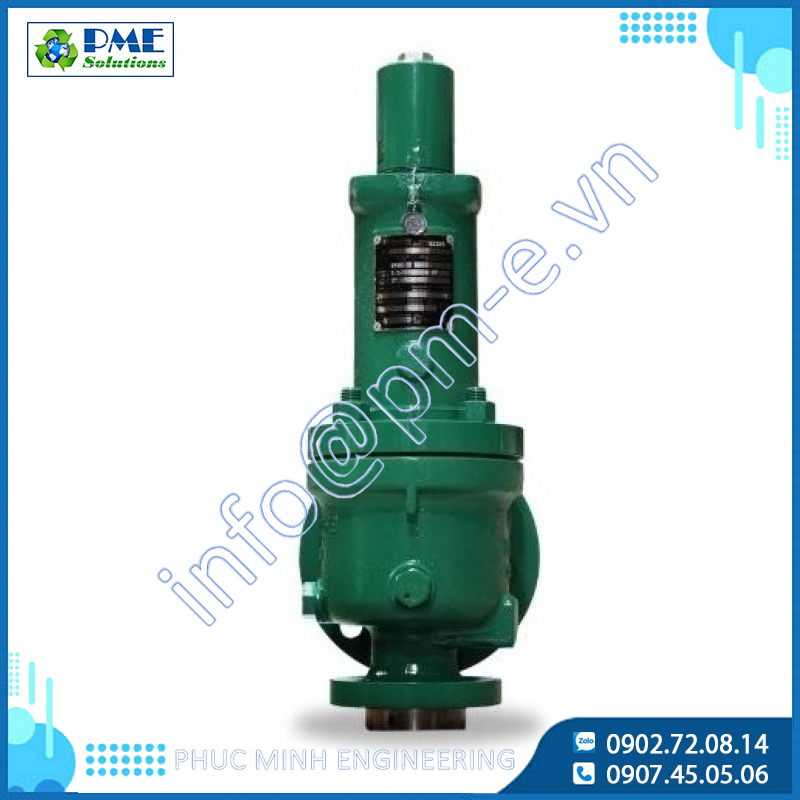
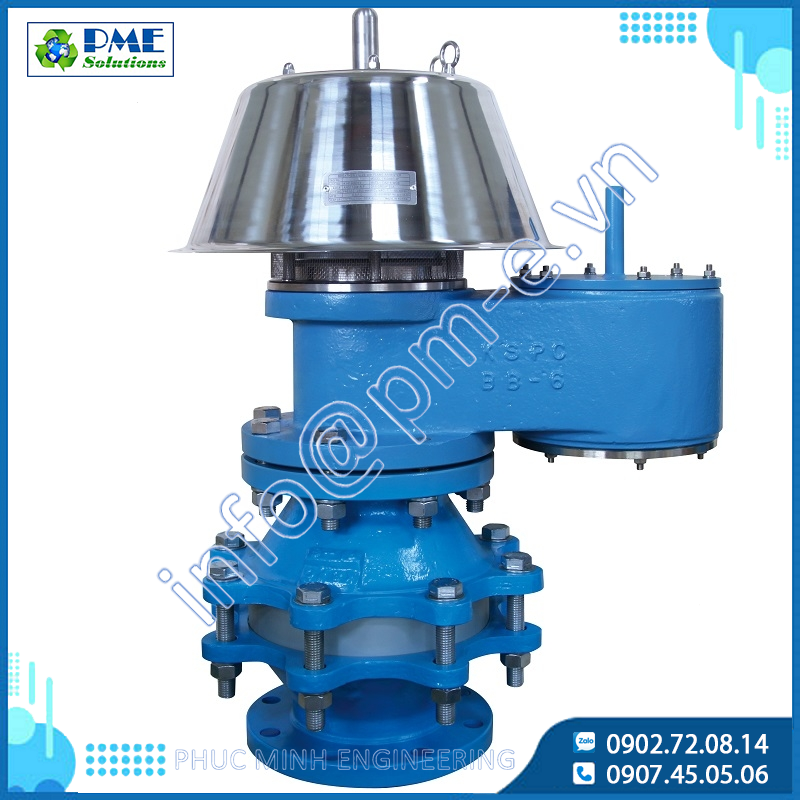
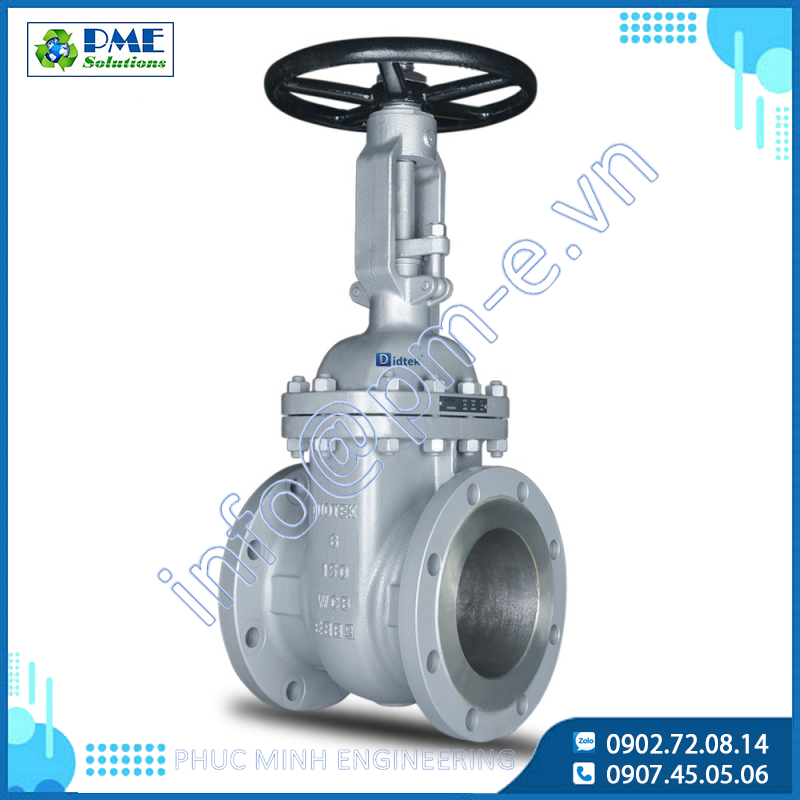




.png)






